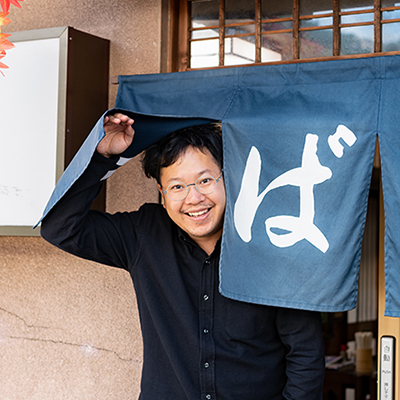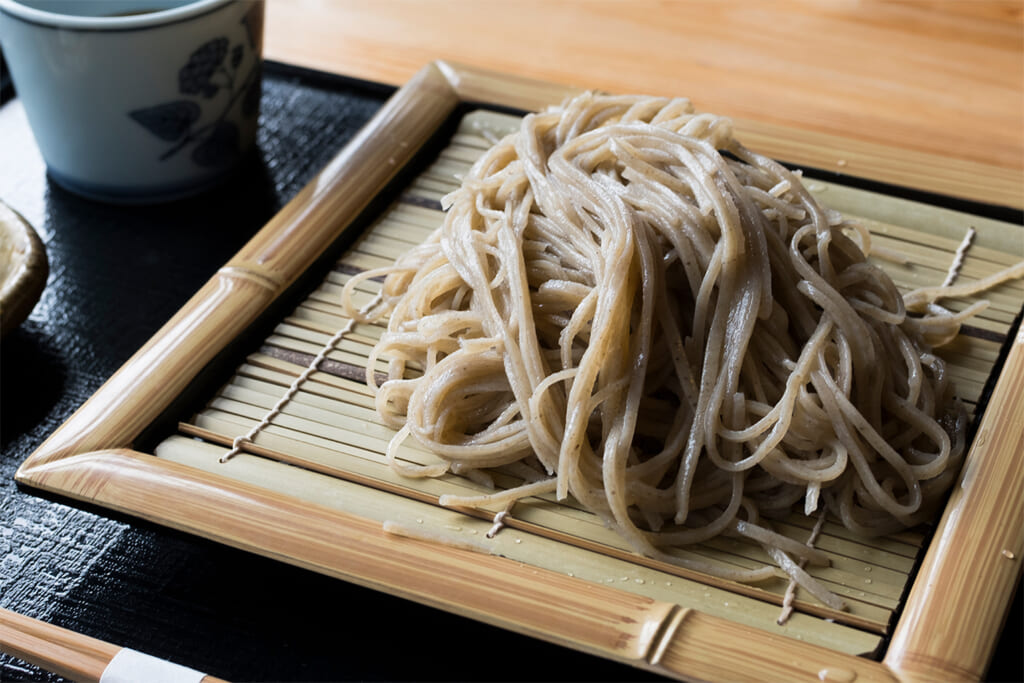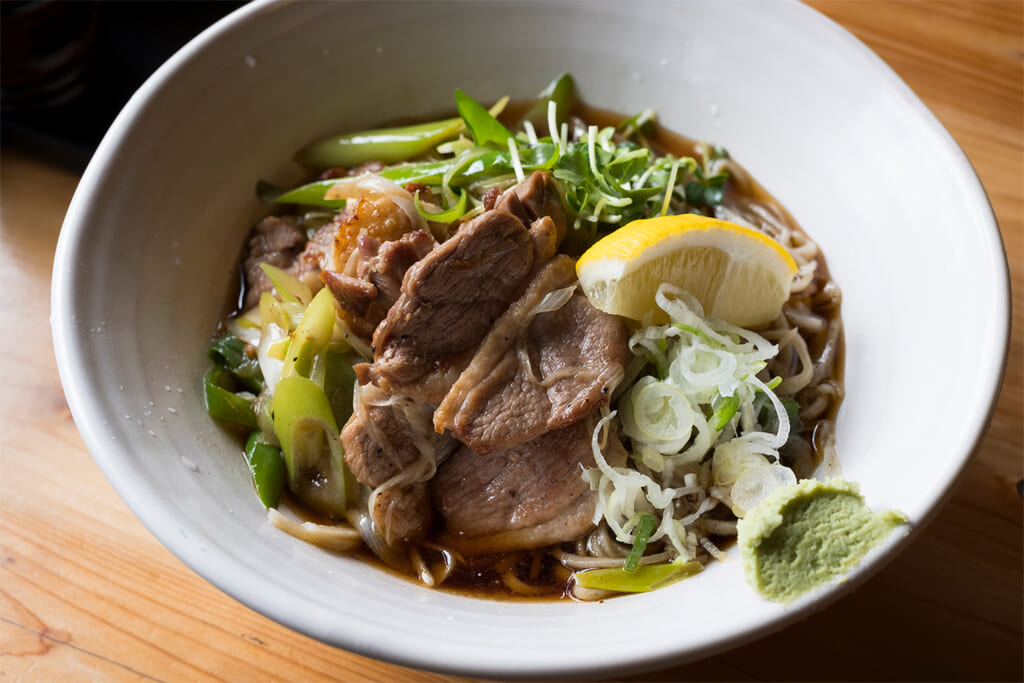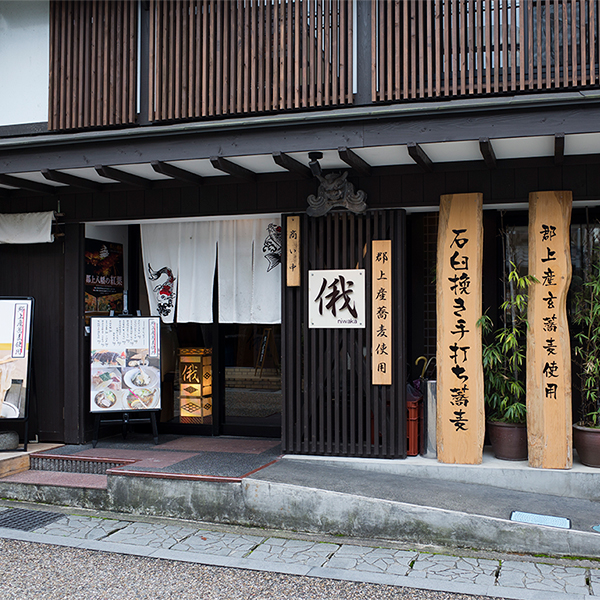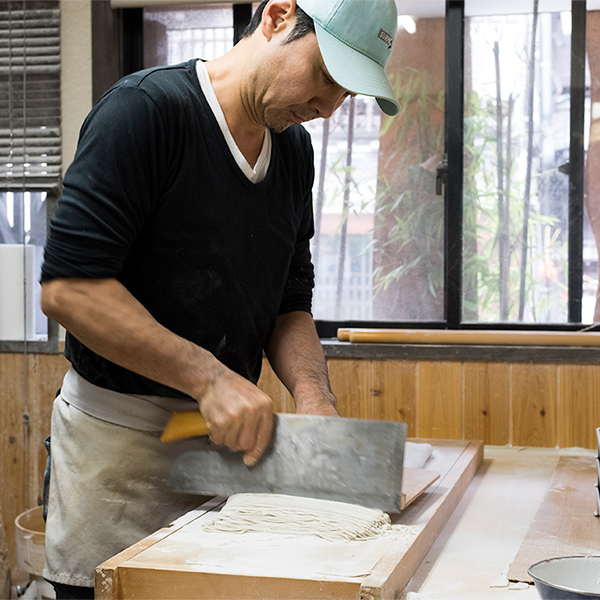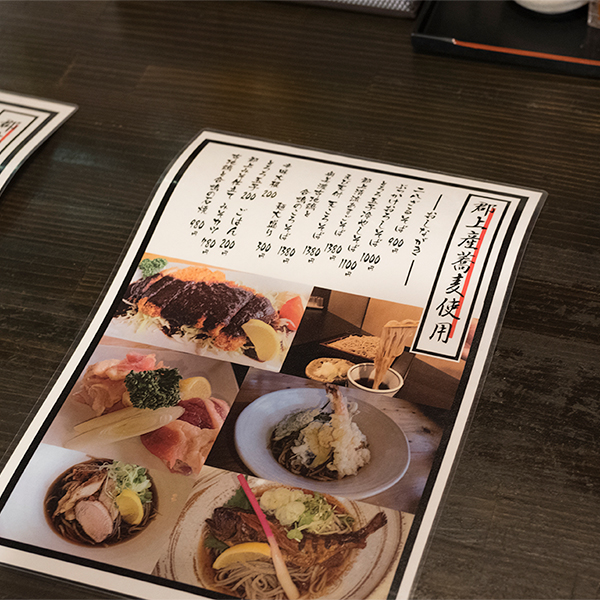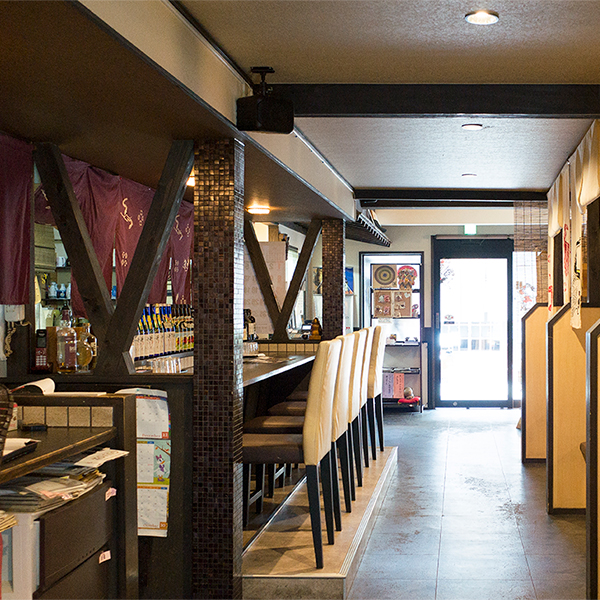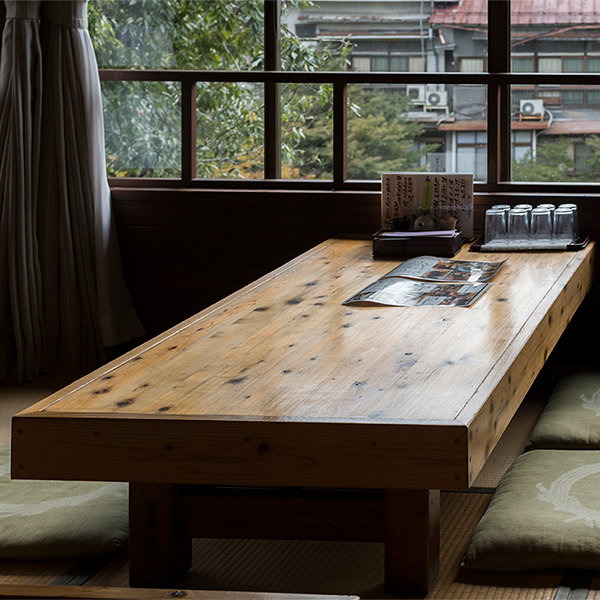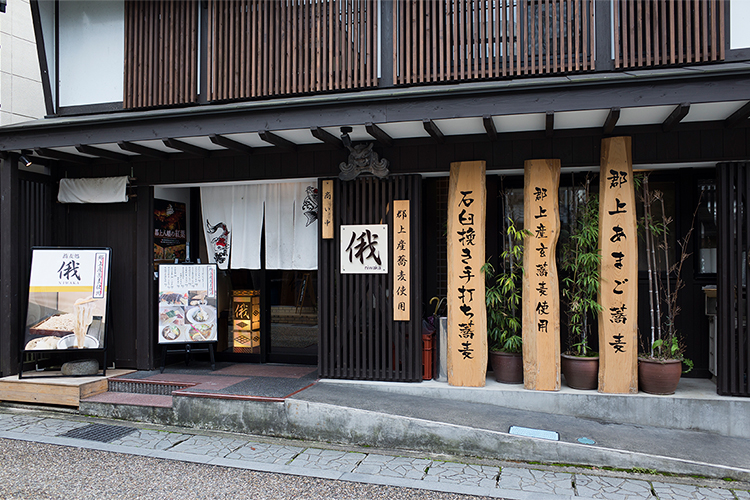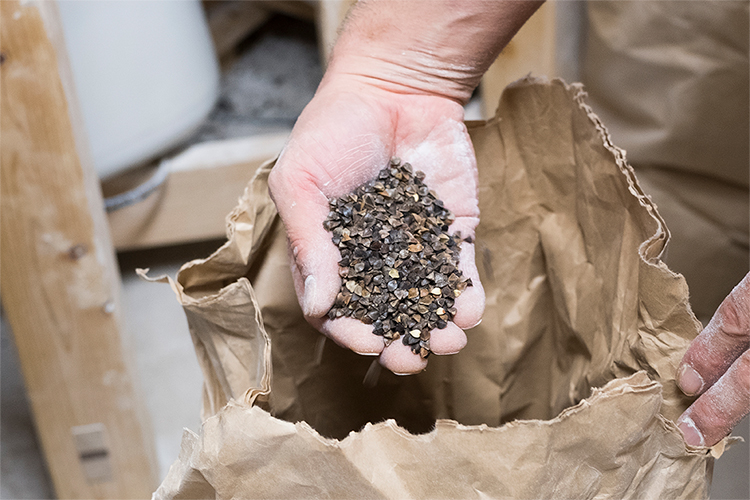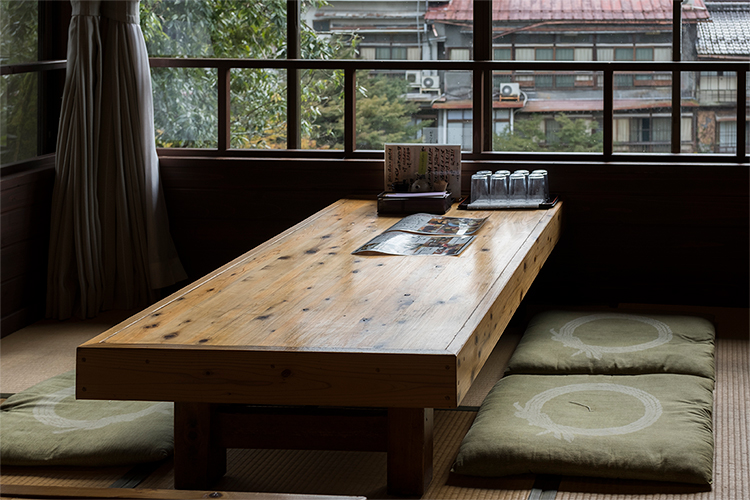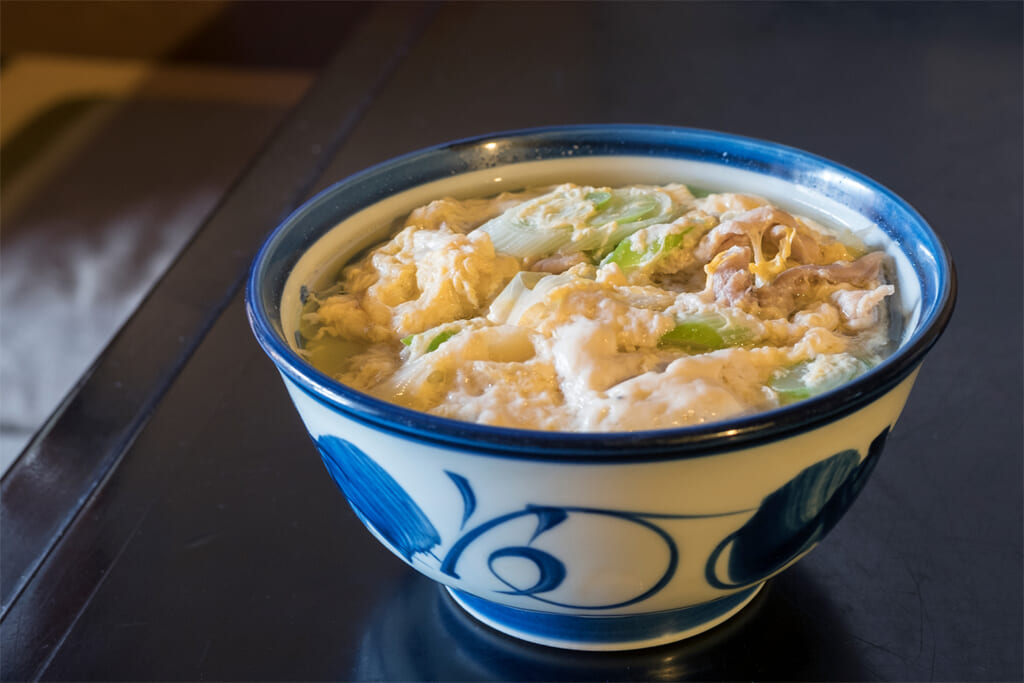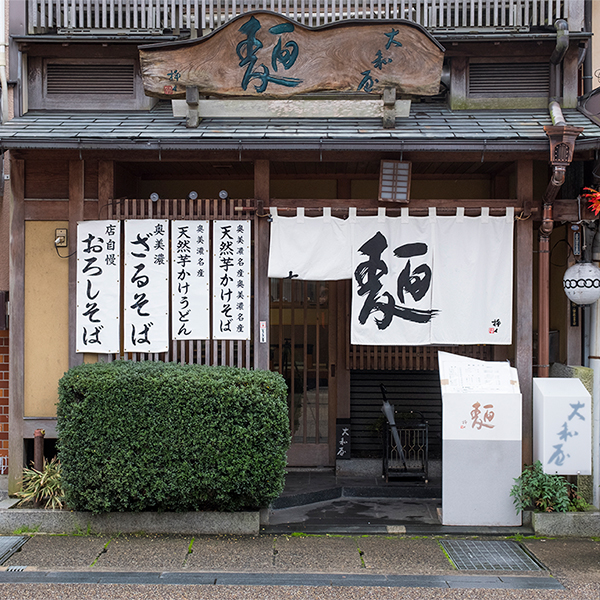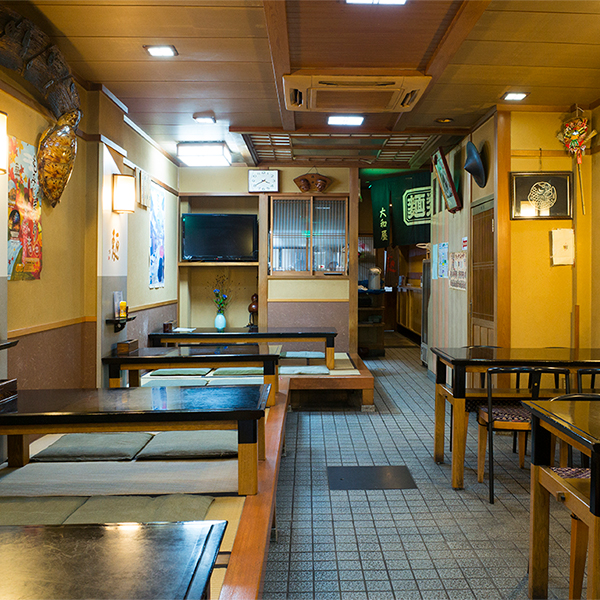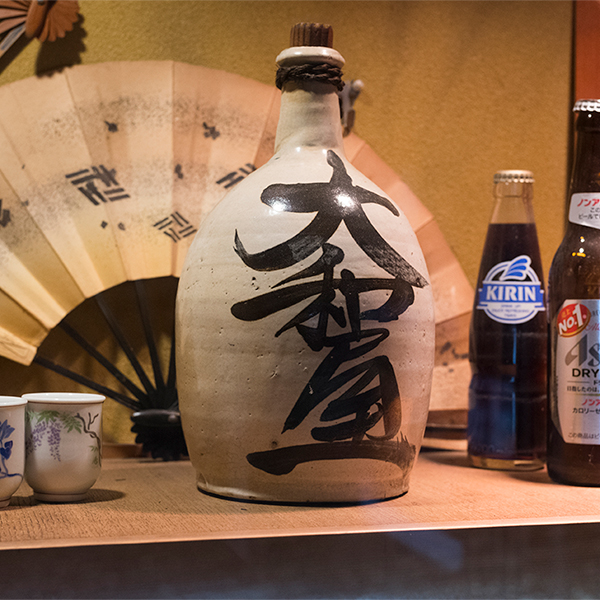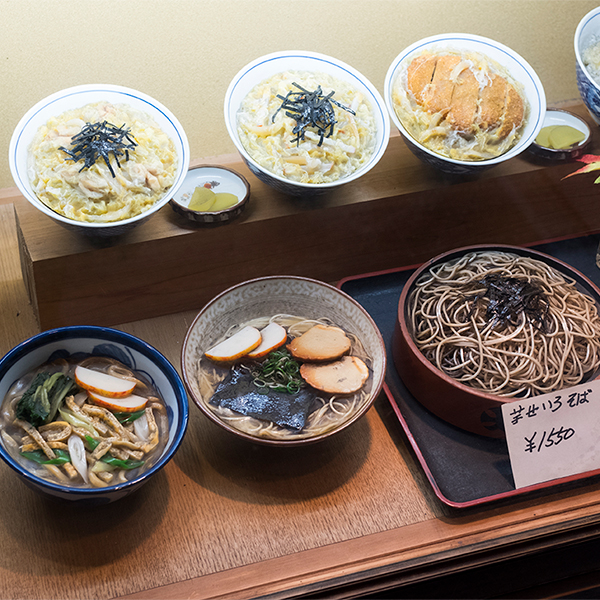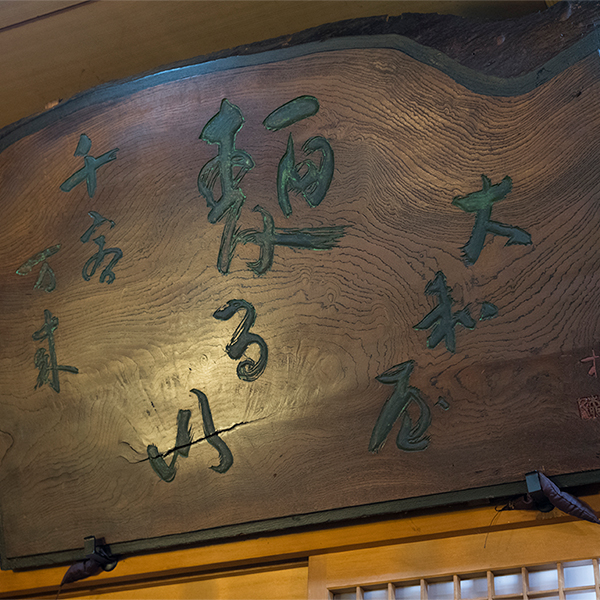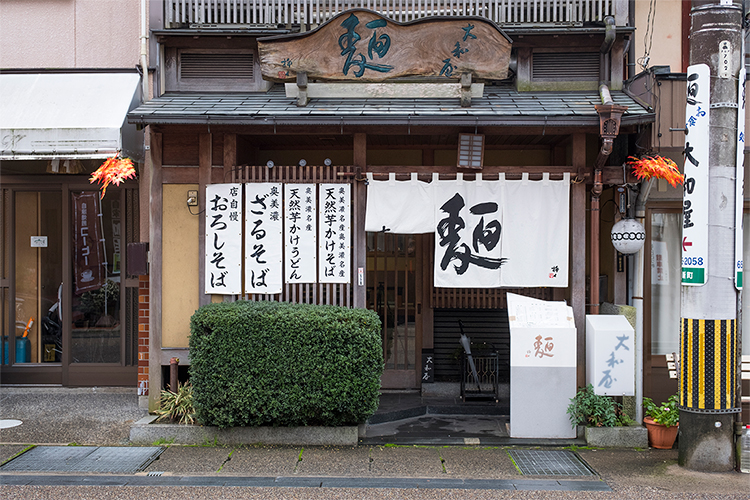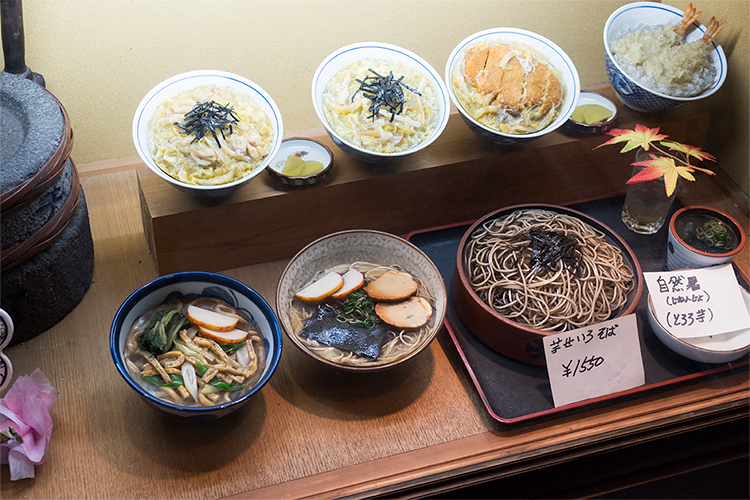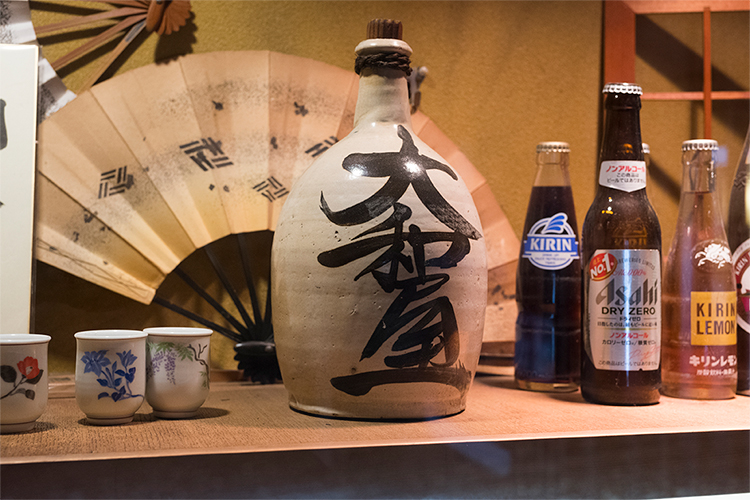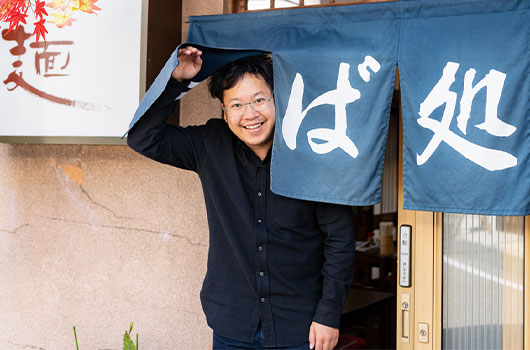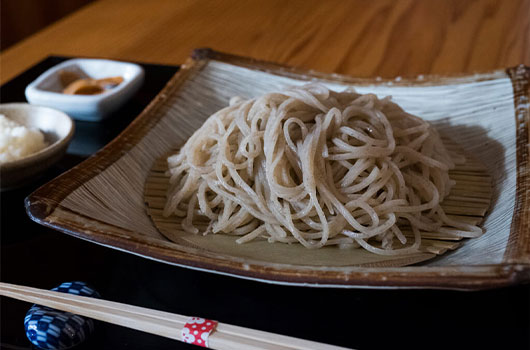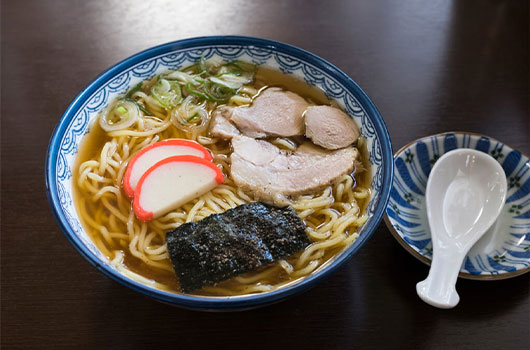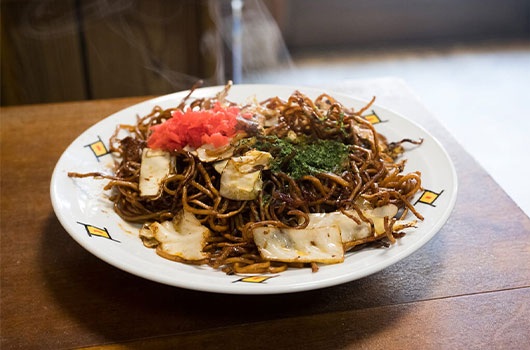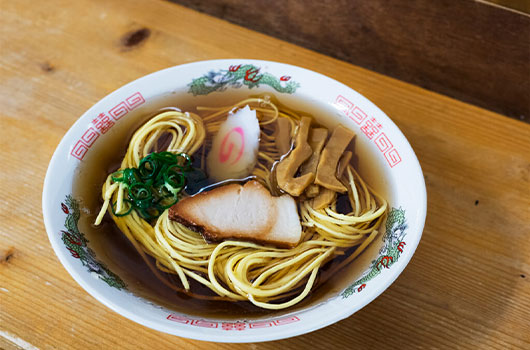NiwakaGujo original home-made Soba
When I first know about the culture of Soba in Gujo Hachiman, I want to dig deeper for more information. I find a restaurant using Gujo-made buckwheat and decide my third bowl of Soba will be “Niwaka”.
The owner Mr Hogen Hara born and raised in Gujo Hachiman. He ran a Izakaya (Restaurant & tavern) here and started providing Soba. “The more you make, the more you find it interesting. So, I started this Soba restautant.” Mr Hara told me about why he opened “Niwaka”.
After that, Mr Hara has an unexpected encounter with local buckwheat. “I bought buckwheat flour to make Soba at first. But I wanted to make better, so I started thinking making my own flour. I was introduced by Japan Agricultural Cooperatives where I can get local buckwheat. I decided to make my own flour right after that.”
The unpolished buckwheat is grinded into two type of buckwheat flour, coarsely ground type and finely ground with ratio of 2:1. Finally they mix 80% of buckwheat flour with 20% of wheat flour. Water they used for Soba is being used by local sake maker.


